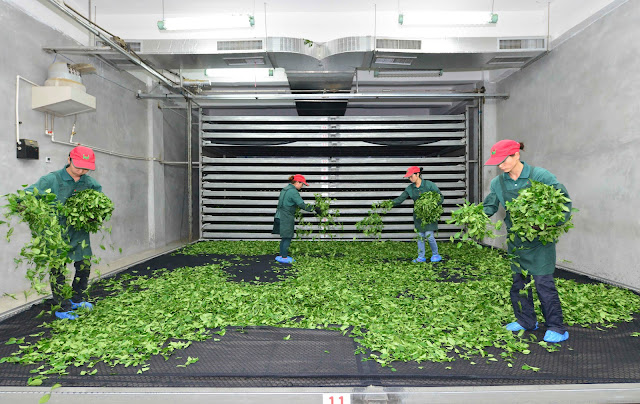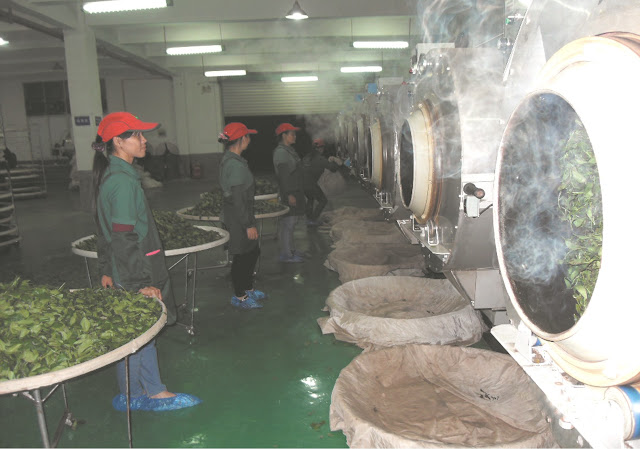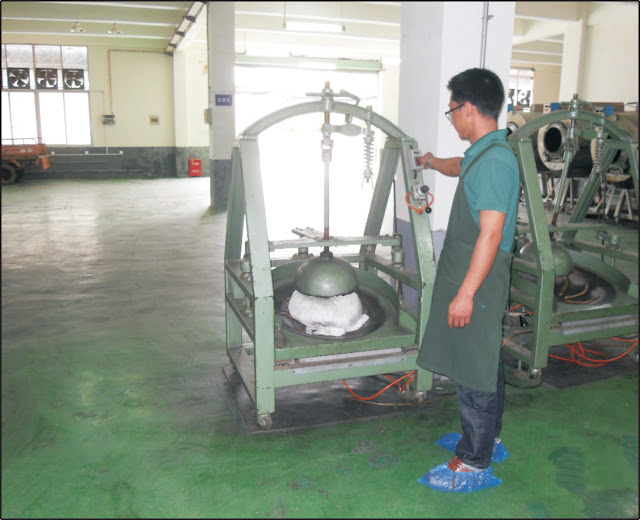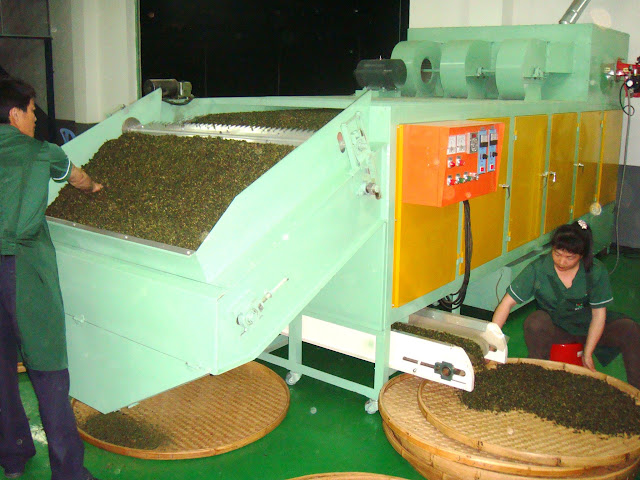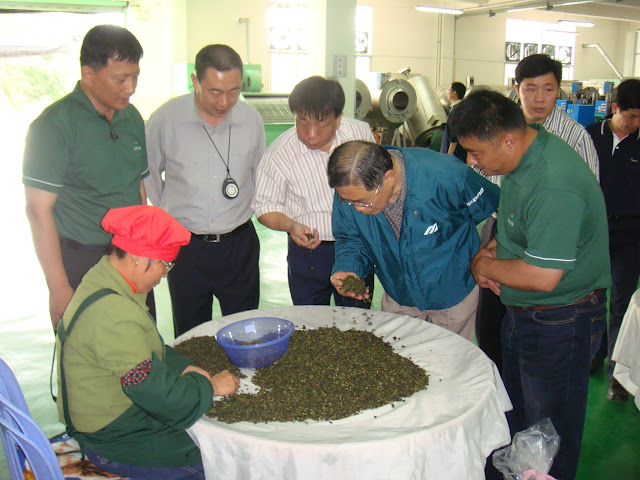
Tieguanyin (tiě guān yīn) tea, Chinese traditional tea, belonging to green tea, is one of China's top ten tea. Originated in Fujian Anxi County West Town, found in 1723-1735. "Iron Goddess of Mercy" is the name of the tea, tea varieties, Tieguanyin between green tea and black tea, are semi-fermented tea, Tieguanyin unique "Goddess of Mercy", fragrant Yayun, brewed natural orchids Fragrant, taste pure concentration, aroma fragrance lasting, "seven bubbles have the fragrant reputation."

About Tieguanyin tea Origin of Tie Guanyin Tie Guanyin is a representative of oolong tea, and belongs to green tea among the six major types of tea.Tie Guanyin was originally the name of a tea tree, because it is suitable for making oolong tea,its product was thus named Tie Guanyin;the SO—called Tie Guanyin is actually the oolong tea made from Tie Guanyin tea tree.
Tieguanyin finished according to the degree of fermentation and production process, generally can distinguish between fragrant type, Luzhou-type, Chen-type, and other three types.
Quality and characteristics of Tieguanyin : Tieguanyin has excellent quality, its leaves ale thick and solid, it weighs as iron with dark and moist color, it has obvious sand green color with bright-colored red points.Its fragrance is noble-minded.lasting, strong and fresh, it has a unique"lingering charm" with a sweet and fragrant aftertaste;even after 7 times infusion it still has fragrance…it can be called the king of oolong tea.

The healthcare function of Tie Guanyin Verified by the domestic and foreign scientists, the chemical composition and mineral elements in Tie Guanyin have special functions to peopleI's health,the functions are roughly as follows:anti-ageing, resisting cancer, preventing artery sclerosis, preventing and curing diabetes, losing weight, preventing decayed tooth, disinfecting.

Tea set for infusing Tieguanyin, When infusing Tieguanyin, the best tea set for you is the Zi Sha(purple sand pottery);the Zi Sha tea set made in Yixing is most suitable,it will never affect the fragrance of the tea,it can keep the color, fragrance, nd taste of the tea for a long time.Chinan's first professional tea farmers cooperatives.Along with the unique fragrance of Tie Guanyin, if you take a sip, the fragrance will fill your nostrils.

Autumn fragrance and Spring water, Tieguanyin is made with precision and exquisite techniques.Its sprouts come out in the last ten days of March and will be picked in the first ten days of May;the tea can be picked in spring,summer, midsummer and autumn.The autumn tea has the best quality,the spring tea has the highest output. autumn tea has strong fragrance, so it is commonly called“autumn fragrance”;the spring tea gives you mellow feeling, so it is, commonly called“spring water”the Chinese people, in their drinking of tea, place much significance on the act of "savoring. "

|







